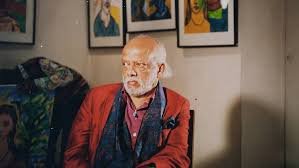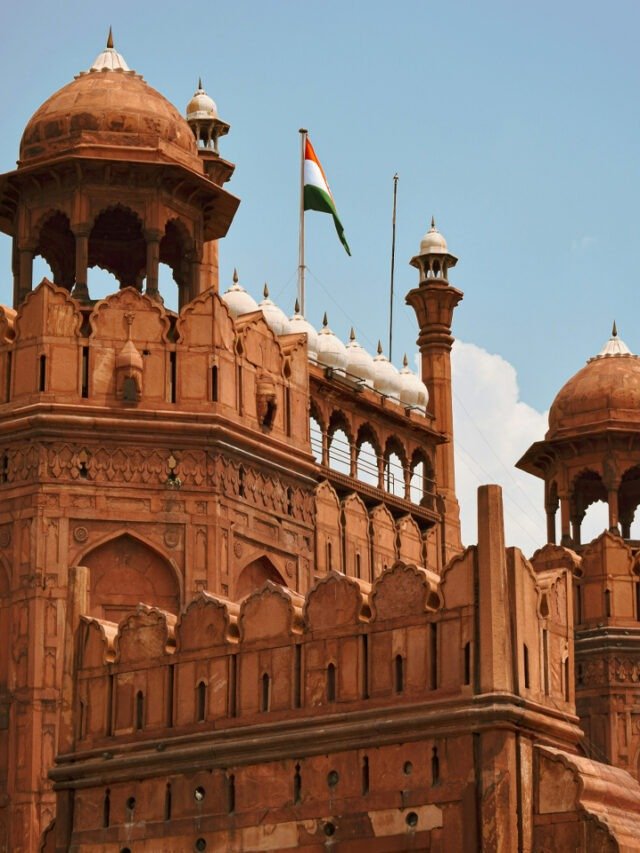NEW DELHI, July 25: A new book explores the remarkable journey of renowned Indian artist S H Raza and celebrates his body of work by taking a look at the evolving phases of his life and artistic endeavours.
To commemorate the centennial of Raza, the Progressive Art Gallery and the Raza Foundation recently released “Raza: The Other Modern”.
The book by critics Geeti Sen, Yashodhara Dalmia and Gayatri Sinha has a foreword by Raza Foundation managing trustee Ashok Vajpeyi. With 103 illustrations and five photographs, it features essays by these art critics.
Raza was born on February 22, 1922 and died on July 23, 2016. With his Indian vision and French sens de la plastique coalescing to create a unique modernism, Raza was a master of colours, concepts and creativity.
From his early expressionist works to the mesmerizing abstraction of his later years, Raza’s artistic evolution is a testimony to his relentless pursuit of truth through colour and form.
As an artist, Raza moved through many dualities – home and exile, colour and concept, imagination and thought, modernity and memory, creativity and invention, locale and universality, passion and meditation, anxiety and silence, time and eternity; and also, in a way, between River Narmada of his childhood and the Parisian river Seine from his adulthood.
The book, published by Mapin Publishing, was released some months ago in Dubai. Singh, the director of Progressive Art Gallery, says the book not only celebrates Raza’s remarkable collection of work but also invites readers to explore the depth of his visual mastery.
Dalmiya writes that a childhood spent in the lush thickets of the forests of central India had provided Raza with the means to seek boundless horizons replete with colour and subtle sights and sounds.
His “early years also reflected the artist’s skill in creating evocative forms, such as ‘Portrait’ (1941) where the turbaned, dignified representation of a man expresses his empathetic emotions. A deftly sketched pen and ink portrait of a musician of this period reveals the latter’s intense devotion to his art”, she writes.
After independence, Raza’s entire family left for Pakistan but he chose to remain in Bombay, where he was a founding member of the forceful Progressive Artists’ Group formed in 1947.
According to Dalmiya, the Group rejected effete revivalism and academic naturalism in art and, in the midst of a welter of existing traditions, carved its own path to modernism, linking it to international trends.
Sen describes the collection of Raza’s paintings in the Progressive Art Gallery as rare and incomparable in its comprehensive range of works from the late 1930s to 2010.
Raza left for Paris in 1950 on a scholarship to hone his skill and to acquaint himself with the works of masters such as Cezanne, Picasso and Matisse. He was to stay in France for two years but instead spent more than half a century and returned home in 2010.
Dalmiya says Raza maintained an equal distance from both traditional religious thought and the movements of abstract expressionism, maintaining his own composition and form.
“His work is often identified as ‘tantric’ but Raza refuted the nomenclature, claiming that the beliefs were far too complex and he was far from a practising tantric,” she says.
According to Sinha, dominating each work with its enigmatic presence, Raza’s black sun is a magnetic object of contemplation and lends itself to different readings. Raza’s own explanation was fairly cryptic: “…Black suns in my paintings were mostly the earth or the sun or the moon. I believe that this subject can be painted for centuries to come. In any case, it has been the essential preoccupation of my work – this earth from which we emerge, into which we go back,” she says. (PTI)












